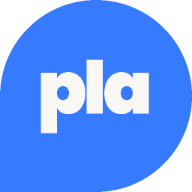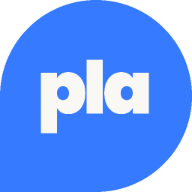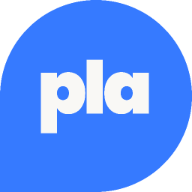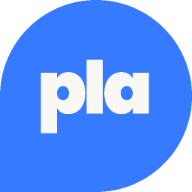Adoption isn't binary
In product teams, it's tempting to think about adoption in binary terms: a feature is either used or not used. In reality, adoption is a funnel. At every stage, users can drop off.
I learned this while leading the growth of a no-code Paywall Builder at Adapty, a SaaS platform for mobile subscriptions.
On paper, the tool should have been an obvious win: it allowed growth teams to test paywalls and pricing without waiting for developer resources. Today, it's used by hundreds of apps worldwide.
But in the early days, adoption was weak. Many customers ignored the builder. Others experimented, but almost no one pushed changes into production.
Here's what we discovered: what moved the needle, what didn’t, and the lessons for PLG teams.
Step 1: Diagnose the funnel
Looking at usage data, two leaks became clear:
- Top of funnel: Many users never entered the builder at all.
- Bottom of funnel: Those who created a paywall often stopped before publishing it live.
Interviews explained why:
- Some customers weren't aware the feature existed.
- Others feared breaking production and losing revenue.
- Some tried once, failed, and didn't return.
One client put it bluntly:
"We knew the builder was there, but we were afraid to break our production paywall. One wrong move and revenue could tank."
Fear, not lack of functionality, was the blocker.
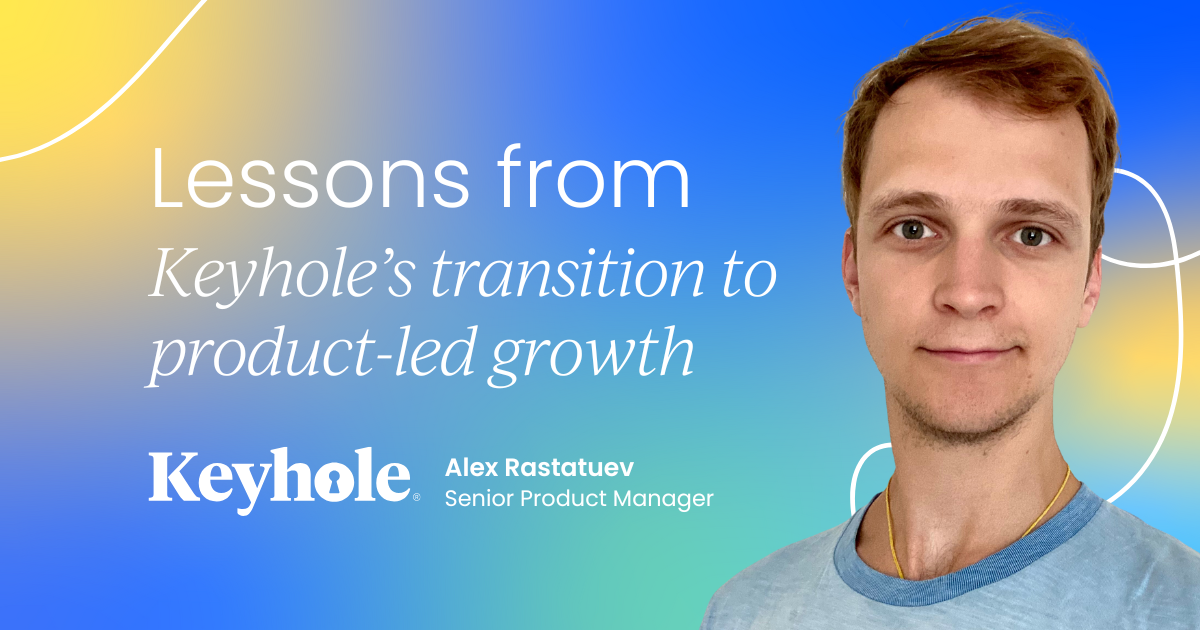
Step 2: What didn't move the needle
Some of our early efforts had a limited effect.
- Email campaigns. Product announcements and newsletters raised awareness a bit, but didn't fundamentally change adoption.
- Documentation. We had it, but it didn't convince hesitant users to take the first step. Long guides don't drive activation – that has to happen inside the product.
- UI complexity. For first-time users, the builder wasn't intuitive. Even when they opened it, it wasn't obvious how to go from a blank screen to a live paywall.
These lessons pushed us to focus less on external comms and more on in-product experience.
Step 3: What actually worked
Two interventions made a real difference:
In-product nudges
We added banners, reminders, and contextual prompts to surface the builder at the right time. Awareness increased, and more customers started experimenting.
AI-generated first drafts
The breakthrough came with the AI Paywall Generator. Instead of facing a blank screen, users got a ready-made draft – design, copy, layout – in minutes.
This wasn't about chasing AI hype. The true value was psychological: it gave customers a safe first step. For teams worried about breaking production or wasting hours, editing a draft felt much less risky than starting from zero.
For some clients, we went further: letting them run A/B tests to compare their existing paywalls with builder-generated ones. Seeing that results were at least as good – and sometimes better – helped reduce doubt and build trust.
This was one of the most impactful features we've built, and a moment of pride – not because of the technology itself, but because it finally unlocked adoption at scale.
A client summed it up: "Once we shipped our first paywall, it felt like a breakthrough – we finally trusted the process."
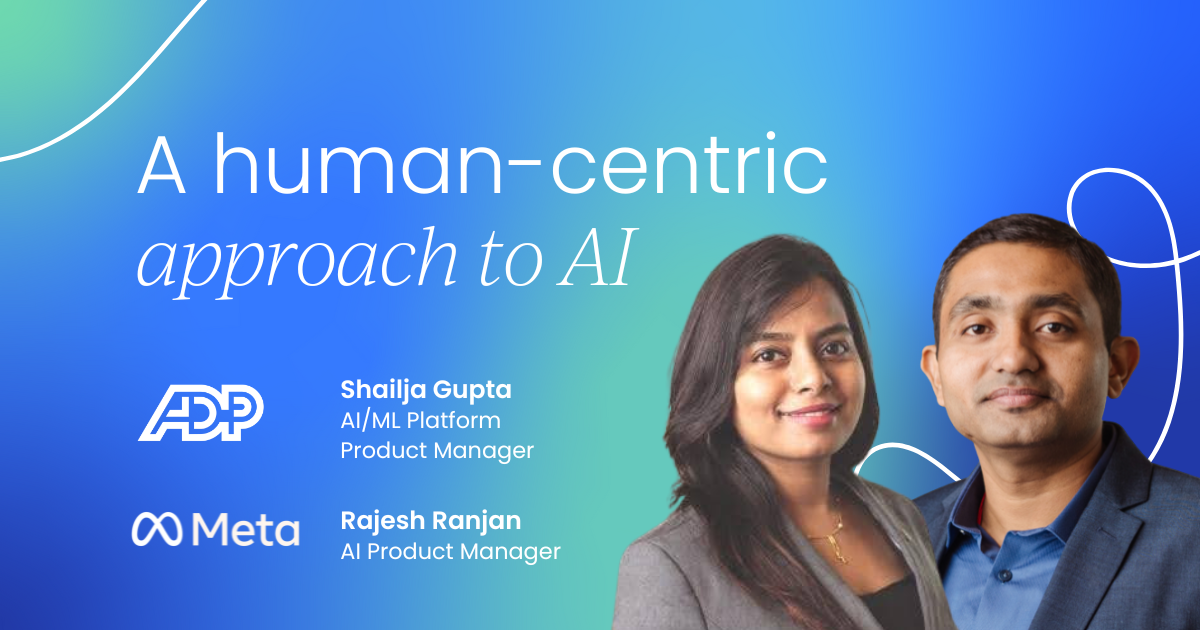
Step 4: The results
With these adjustments, adoption shifted dramatically:
- The builder went from an underused tab to a core growth tool.
- Today, more than 5000 apps rely on the builder. Over 30,000 paywalls are live in production.
- Roughly 25% of aggregate client revenue now flows through it.
- And the AI feature, though new, has already produced 1000+ live paywalls
We didn't need a mountain of new features. We needed to help people adopt what we had.

Lessons for PLG teams
Adoption is a funnel
We were treating adoption as a binary when really it’s a funnel.
In our case, most drop-offs happened either at the very start (people never opened the builder) or right before publishing (they built a paywall but froze before going live). Mapping adoption as a journey showed us exactly where to intervene, instead of assuming the feature “just wasn’t popular.”
Awareness matters
We overestimated how visible the builder was. Many customers simply didn’t know it existed. Announcements and newsletters raised awareness a little, but in-product nudges, like banners, reminders, and contextual prompts, made the real difference. Users discover features in context, not in emails.
Fear is measurable
Customers told us directly: “We were afraid of breaking our production paywall.” That fear explained why so many sessions stopped right before going live. We reduced it by adding safer ways to test – previews, limited rollouts, and A/B comparisons with their existing paywall. Adoption grew once we addressed that fear head-on.

Blank screens block adoption
When users opened the builder and saw a blank canvas, many left without making a single change. The AI Paywall Generator flipped this: instead of starting from zero, customers got a draft in minutes. Editing felt safer and faster, and for many teams, it was the first step to publishing a paywall live.
External comms aren’t enough
We tried emails and docs, but they didn’t move the needle. Long guides don’t drive activation – users rarely read them before trying a feature. The only effective activation happens in-product, right at the moment of action.
UI clarity beats flexibility
One of the early blockers was simply that the builder wasn’t intuitive enough. Even when users opened it, it wasn’t obvious how to get from a draft to a live paywall. We didn’t need more options – we needed to make the first steps feel clear and safe. Once customers understood the path, adoption started to move.
Growth hides in adoption
We didn’t need a mountain of new features. Growth came from helping people adopt what was already there. Once adoption improved, the builder turned from an underused tab into a core driver of revenue.

No-code ≠ easy
No-code tools promise accessibility, but adoption rarely happens automatically. Without the right nudges, safety nets, and early wins, even powerful features can go unused.
For us, reframing adoption as a funnel – diagnosing drop-offs, reducing fear, and giving users a safe starting point – turned a struggling feature into one that now drives measurable revenue.
The takeaway for PLG teams: growth doesn't always mean building more. Sometimes the strongest growth lever is helping users adopt what you've already shipped.



 Follow us on LinkedIn
Follow us on LinkedIn
